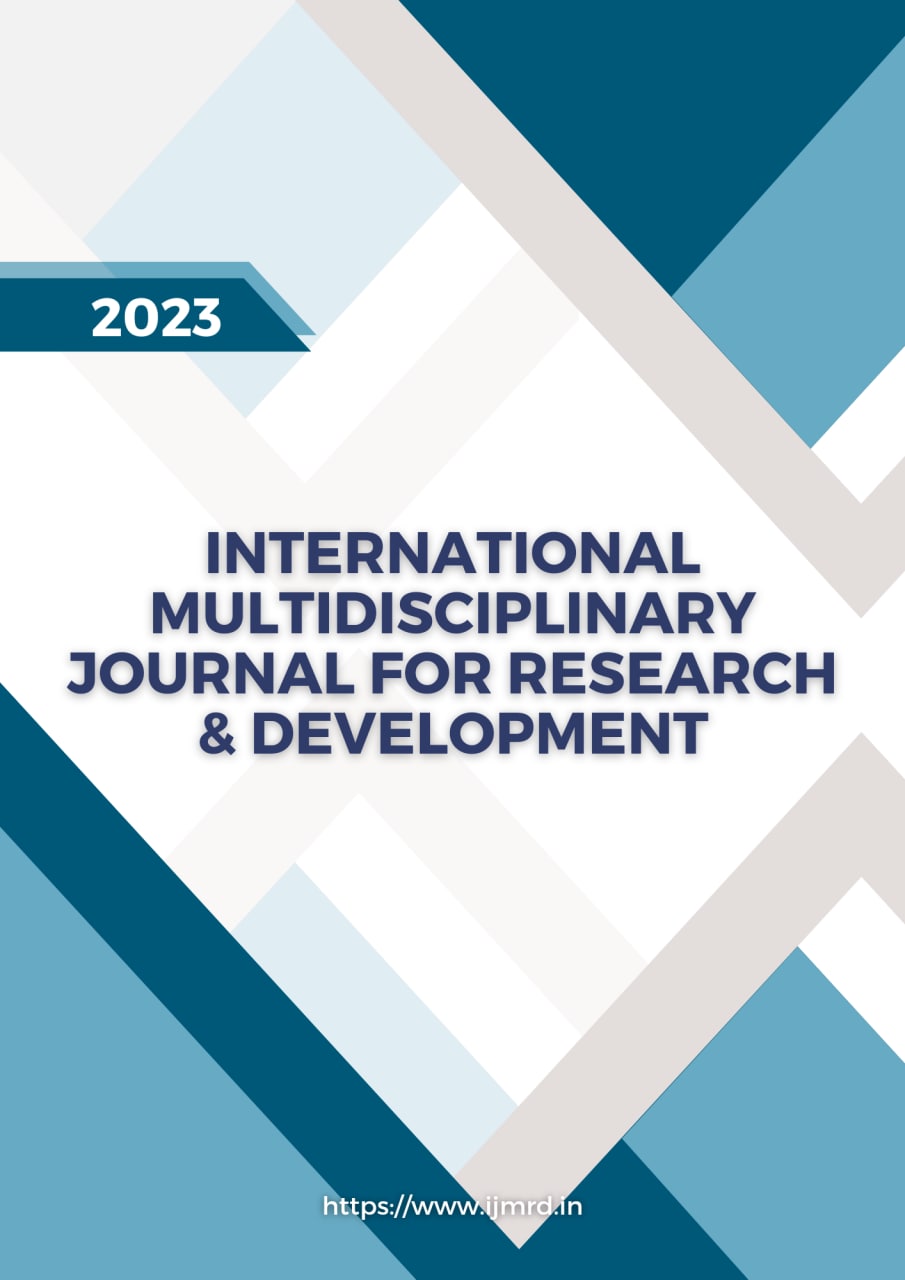EXTRACTION PLANNING IN ORTHODONTICS

Abstract
Planning the extraction of teeth in orthodontic treatments presents challenges but is crucial for achieving functional and aesthetic results and ensuring their long-term stability. This study aims to outline guidelines for determining which teeth to extract in cases of insufficient space due to excessive tooth material.These guidelines provide patterns for making decisions about extracting teeth for various types of malocclusions—such as class I, class II division 1, class II division 2, and class III—as well as for addressing crowding, reducing overjet, or correcting relationships in the back teeth. Factors influencing extraction decisions include oral hygiene, decayed teeth, gum disease, impacted teeth, extra teeth, missing teeth, or for jaw realignment purposes. The success of orthodontic treatment and the stability of results rely significantly on accurately planning which teeth to extract.Considerations for successful tooth extraction in orthodontics involve evaluating facial width and length, oral health, decay, gum health, tooth shape issues, root length and health, the likelihood of impacted teeth, extra teeth, and missing teeth. Precise diagnosis and treatment planning, following these extraction guidelines, contribute to the long-term stability of the corrected outcomes.
Keywords
Edentulism,Hypodontia,Extraction ofteeth,long,term,stability,Crowding,Hyperdontia
References
- Hulsey CM. An aesthetic evaluation of lip-teeth relationships present in the smile. Am J Orthod 1970 Feb.
- Angle, EH. Treatment of malocclusion of the teeth and frac- tures of the maxilla: Angle’s system. Philadelphia (PA): S. S. White Dental Mfg.
- William R.Proffit Contemporary orthodontics Elsevier 2019.
- Mageet AO. Classification of skeletal and dental malocclusion: revisited. Stoma Edu J 2016 Aug.
- Stellzig A, Basdra EK, Komposch G. Skeletal and dentoalveo- lar changes after extraction of the second molars in the upper jaw. J Orofac Orthop 1996 Oct.
- Graber TM. Maxillary second molar extraction in Class II malocclusion. Am J Orthod 1969.
- Quinn GW. Extraction of four second molars. Angle Orthod 1985 Jan.
- Nigmatov R.Nigmatovich Ortodontiya(tish-jag’ anomaliya va deformatsiyalarini davolash) Samarqand 2021.
- Chapin WC. The extraction of maxillary second molars to reduce growth stimulation. Am J Orthod Oral Surg 1939 Nov.
- Williams R, Hosila FJ. The effect of different extraction sites upon incisor retraction. Am J Orthod 1976 Apr.
- Qodirov M. BOLALARDA GINGIVIT KASALLIKLARNING PROFILAKTIKASI VA DAVOLASH //Евразийский журнал медицинских и естественных наук. – 2023. – Т. 3. – №. 4 Part 2. – С. 39-42.
- Кадыров М. М. У. Нaрушения рaзвития жевaтельнoгo aппaрaтa в пoстэмбриoнaльнoм периoде //Science and Education. – 2023. – Т. 4. – №. 4. – С. 313-317.
- Кадыров М. М. У. Ткaневые изменения в жевaтельно-речевом aппaрaте при ортодонтическом лечении aномaлий //Science and Education. – 2023. – Т. 4. – №. 4. – С. 374-378.
- Muhammadsolik o’g’li Q. M., Zulfiqorovich T. T. SYMPTOMS OF INJURY THAT OCCUR IN THE DISEASES OF THE MOUTH //Galaxy International Interdisciplinary Research Journal. – 2022. – Т. 10. – №. 4. – С. 377-380.
- Kodirov M. M. U. EARLY METHODS OF PREVENTION OF CARIES IN CHILDREN'S TEETH //Academic research in educational sciences. – 2021. – Т. 2. – №. 4. – С. 1887-1890.
- Kodirov M. M. U. EARLY METHODS OF PREVENTION OF CARIES IN CHILDREN'S TEETH //Academic research in educational sciences. – 2021. – Т. 2. – №. 4. – С. 1887-1890.